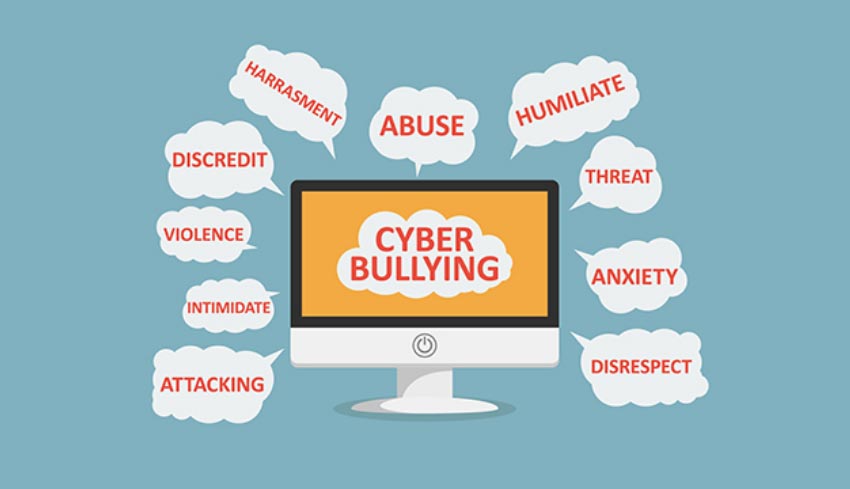Cyberbullying is a form of bullying that takes place via internet-connected devices like smartphones, computers, or tablets. Cyberbullying can occur via social media, email, messaging apps, text messages, forums, games, and more. Any online medium that enables the sharing of data can become a platform for cyberbullying.
Simply put, cyberbullying is that the use of technology to intimidate, harass, threaten, torment, or humiliate a target. samples of cyberbullying including sending mean texts, posting false information to a few people online, or sharing embarrassing photos or videos.
Cyberbullying differs from in-person bullying (although the 2 aren’t mutually exclusive) in this it can be:
- More difficult to acknowledge – What children and teenagers do online isn’t always readily apparent to folks and teachers. Bullying conducted via text or online medium can more easily go unnoticed.
- More relentless – Cyberbullying doesn’t end in class, and may follow a baby home.
- More enduring – Cyberbullying leaves a written account which will follow both the bully and also the victim for years.
Different Types of Cyber Bullying
Parents and educators should bear in mind the various varieties of cyberbullying so that they can adopt measures to stop and confront it. Common kinds of cyberbullying include:
- Doxing – publishing revealing personal information about a private online, for purposes of humiliating, defaming, or harassing the victim.
- Harassment – posting hurtful, threatening, or intimidating messages online, or sending them on to someone, with the intention of harming that person.
- Impersonation – creating fake accounts or gaining access to a person’s real social media accounts and posting things to wreck the victim’s reputation.
- Cyberstalking – tracking and monitoring a person’s online activity, and using the web to stalk or harass a personal.
How to Prevent Cyber Bullying?
As cyberbullying becomes more prevalent, it’s increasingly important for fogeys and educators to require steps to forestall it. Here are some tips for adults to stop cyberbullying:
- remember of your child’s online activities
Children mustn’t be allowed to browse the web freely. Parents and teachers should monitor the sites that the youngsters use and be cognizant of the apps they download and the digital media they consume. Children should have their screen time-limited, and be encouraged to have interaction more in offline activities sit up for the subsequent signs of cyberbullying in children:
Refusal to permit you to work out what they’re doing online
Avoidance of discussing what they’re doing online
Sudden, unexplained increase or decrease in online activity
Deactivating social media accounts
Emotional responses (including sadness, anger, happiness) linked to their device usage
Adults should also teach children to acknowledge and remember the signs of cyberbullying themselves. Children are often less conscious of cyberbullying than adults. confirm your children are conscious of what cyberbullying is, and teach them the subsequent tips:
- Refuse to participate in, or aid cyberbullying (including refusing to pass along cyberbullying messages, refusing to allow their friends to partake in cyberbullying, and refusing to speak with cyberbullies)
- Never share passwords for his or her online accounts
- Never put something online that they wouldn’t want everyone to work out
- Block communication with cyberbullies and don’t read messages

